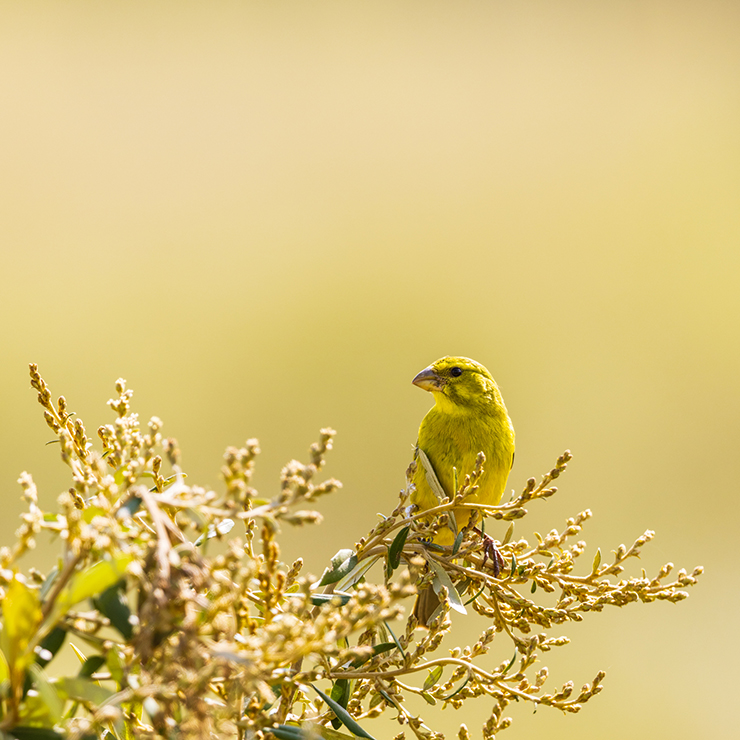The Kinangop Plateau is an area of high-elevation grassland in the Rift Valley region in Kenya. Grasslands are famous for their heated, arid environments, Kinangop differs from most due to the fact that it sits at a comfortable 2,500m above sea level. While still baked daily by the sun, the dew of the morning takes a little longer to evaporate, and the chilled wind that continually washes the plateau encourages jackets to remain zipped.
Kinangop is home to a wide variety of bird species, most notably it is the seat of a conservation effort to save the Sharpe’s Longclaw – a fact visible upon arrival, as murals of an otherwise mundane looking longclaw decorate walls and buildings. The area is designated an IBA, countless studies and surveys have been done to try to stop this incredibly range-restricted species from slipping into the abyss of extinction.
The sign at the entrance to the grassland habitat.
No sooner had we alighted from the vehicle, we noticed what looked like a sort of black ghoul floating over the grasses. Resembling a rudimentary halloween costume blowing in the wind, it was our first look at a displaying male Long-tailed Widowbird.
Its extensive tail plumes drifted as the bird itself wafted on the gentle breeze, ever so often making a sharp hop in its flight path. Whenever it did so, its tail would flare considerably – surely all part of the show.

Long-tailed Widowbird
There were several widowbirds around, and our guides patiently guided our conversation back to the conservation story of the Sharpe’s Longclaw. We endeavoured to hone our attention to the ground, hatching a supposedly reliable plan of spreading out into a loose line, advancing slowly like soldiers in a minefield. Except that we were navigating around cows, and occasionally a female widowbird would dart out of the grasses as we approached too closely.

A modest looking Long-tailed Widowbird keeps an eye on her intended partner.
It must be said that “female widowbird” may not refer to widowbirds of the species already mentioned here, as we were soon to find out there were in fact three species of widowbirds resident in the grassland. Several times I caught myself trying to get a view of a spectacular looking Red-cowled Widowbird as it flashed past, briefly alighting on a shrub to then be blown further away. Widowbirds have a buoyant flight, reminiscent of some nightjars. They seemed to not have a care in the world, which was clearly false as they obviously cared about the opinions of the attending females.

Red-cowled Widowbird

An African Stonechat monitored our progress.

A Red-cowled Widowbird shares a perch with (what I believe is) a Hunter’s Cisticola.
In addition to the difficulty of keeping my eyes on the ground, when I did find something it was a Yellow-throated Longclaw. Great. Not only were we to find a difficult-to-find bird, it shared its habitat with a much commoner and very similar looking congener. Nevertheless, we were a determined group of eight pairs of eyes and ears – two of those significantly more attuned to the environment than most. Ultimately, the numbers game won, and excited whispers commenced, accompanied by the usual subdued gesticulations.

Finally, the Endangered Sharpe’s Longclaw – it never “came out”, as it was at home, in its habitat, and it’d be an asinine expectation of us humans (already guilty of wrecking the planet) to beguile this bird with artificial lures to get a “clear view”.
Another range-restricted and threatened species also occupied these grasslands. Under anthropogenic pressure, the Jackson’s Widowbird persists in specific areas in the East African highlands. Much of its preferred grassland habitat is ideal for agriculture, and those areas set aside as reserves are often inundated by large grazers that keep the grass too low for widowbirds to flourish. Here, in this protected grassland, however, there were a few that were intent on holding territory.

Jackson’s Widowbird
We eventually turned our attention to some areas where water had gathered in the hope of spotting a Lesser Jacana. No luck in that department, as there were only Yellow-billed Ducks puttering about. A pair of Brimstone Canaries perched almost too close for comfort as we scoured the ponds. As we were leaving, a Gabar Goshawk careened over the plateau, giving only the swiftest of us a fleeting view.

Brimstone Canary
From this lofty elevation, we didn’t descend, but continued our ascent into the mystical Aberdare Mountain Range. Perhaps a topic for another post.
Source link

